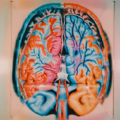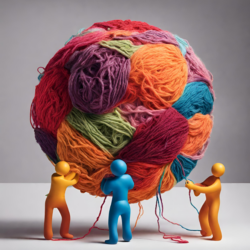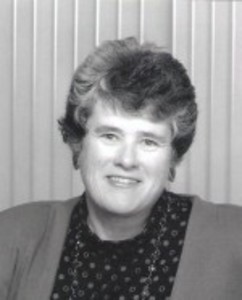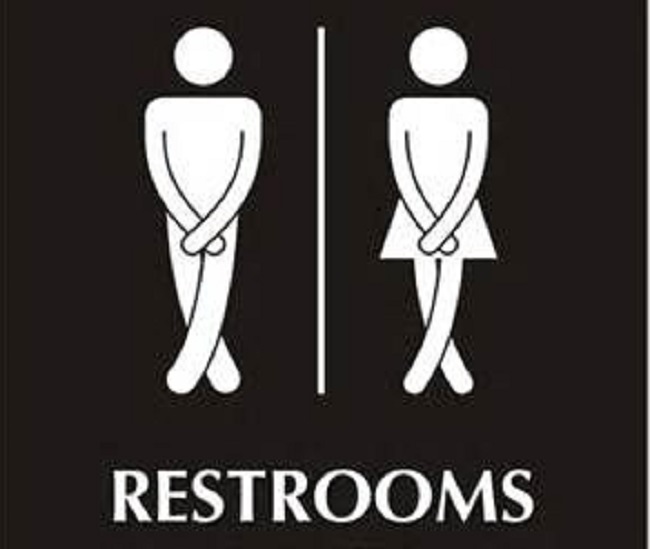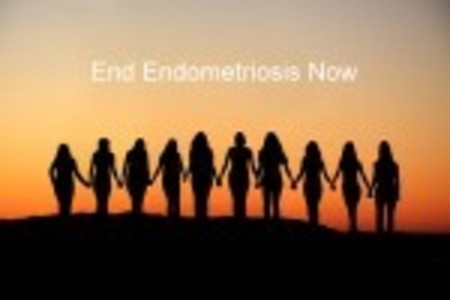Bang, bang, BANG…do you hear that? That’s the sound of nails being hammered into a coffin. No, I’m not trying to be morbid, nor am I in the process of creating a funeral soundtrack. To explain to you what in the world I am talking about, please consider the following current news articles:
- “Doctor Admits Drug Sales”
- “Prescription Drug Dealer Allegedly Robbed Over $1 Million from New York City Pharmacy.”
- “Doctor Pleads Guilty in Drug Trafficking Case”
- “Sharp Rise in Women’s Death From Overdose of Painkillers”
- “Fort Worth Officer Accused of DWI on Prescription Drugs Is Fired”
- “Dentist Pleads Guilty In Prescription Drug Case”
Do you hear the banging now? Each one of these instances of painkiller drug misuse is another nail hammered into the coffin of necessary pain relief for those of us in true need.
Accusations of Addiction
The following is a scene that’s far more common that it should be. A women with endometriosis stumbles into the emergency room screaming in agony. Her endo has flared up and she is in excruciating pain. She waits miserably for at least an hour to be triaged by someone who knows nothing about endo. At triage she is asked what her issue is (as if they can’t tell she’s in excruciating pain!) Due to the fact that she is a confident, strong woman who knows her pain, she immediately advocates for herself: “I have endometriosis and I’m having a flare up. I’m in excruciating pain and I need pain medication!” At the mention of those two words, pain medication, silence abounds. Looks are exchanged between the triage nurses that plainly say ‘oh, she’s one of those’.
“Let’s see what he doctor has to say,” she is told condescendingly, and sent back to wait in agony until her name is called. At least an hour passes while she writhes in pain. After finally receiving a coveted bed in the emergency room and struggling to change into an unnecessary hospital gown she is seen by a resident and proceeds to tell him what is wrong. He tells her he has to discuss her situation with his attending and leaves her crying desperately for some pain relief.
Many minutes pass and he comes back with the verdict: “I’m going to tell the nurse to give you some (FILL IN ANY NON-NARCOTIC, UNHELPFUL PAIN MEDICATION).”
She begs, pleads, cries and screams, but he will not give her anything stronger and suggests she go home and see her own doctor. The nurse comes in with discharge papers and the woman is encouraged to sign them. Right before she does, she finds herself curious to see what they stated her problem was on the discharge papers. She glances at the papers and is shocked to see what is written: unspecified pelvic pain and drug seeking behavior. The poor woman goes home feeling completely dejected, mortified, and often ready to give up fighting.
An Unfortunate Situation
This horrendous occurrence is far too common for women with endometriosis. Too often we are labeled as ‘drug seeking’ or denied pain medication that we desperately need. But it is not only women with endometriosis who have chronic pain. And we are not the only ones being mistaken for drug addicts or drug seekers. There are far too many stories of people with invisible illnesses being accused of drug addiction when all they are trying to do is ease their pain.
Unfortunately, when we review the statistics on prescription painkiller abuse, it is quite understandable why we are accused of such. While about a third of all Americans (more than 116 million people) deal with some sort of chronic pain that might legitimately warrant prescription pain relief, the non-medical use of prescription pain relievers has been estimated at about 5 percent in people 12 years and older. From 1998 to 2008, the non-medical use of prescription painkillers increased 163 percent and between 1992 and 2003 there was a 90 percent increase in people who admitted abusing them. It is currently estimated that 2.4 million Americans abuse prescription drugs.
The FDA Fights Back
It is statistics like these that cause the FDA to create laws that severely restrict the use of prescription drugs. In October, the FDA recommended that tighter controls be placed on narcotics such as Vicodin, and that the drugs be changed to have a Schedule II classification. This would mean that doctors could no longer call in a prescription to the pharmacy for them or write a prescription for any supply over three months. Additionally, the FDA is recommending that label changes be put in effect for long-acting narcotics such as Oxycontin that describe the risks involved in taking the medication. While this recommendation does not directly restrict the usage of these medications, it is assumed that additional warning labels will create more hesitation on the part of the doctors prescribing them, making it more difficult for chronic pain patients.
What’s a Chronic Pain Patient to Do?
So I ask you, my friends: how are those of us who actually suffer from horrendous, excruciating pain supposed to receive the relief we deserve when others around us are abusing the medication that we need? How are we supposed to be helped if the FDA is forced to restrict prescription drug usage in order to prevent abuse? How do we prove that we are legitimate users, and not abusers? And lastly, how are we supposed to wean off of these medications if there is not enough research being done to discover the cause of our suffering and find better ways to improve our pain? It is a constant, cyclical problem that has one, enormous casualty: those of us who are really in pain.









